Cryptocurrency Blockchain
The Cryptocurrency Blockchain is a ledger, but it is a special type of ledger, with simultaneous transactions and recording. Let me explain...
The Standard Ledger
Let's say you are an employer and you want to pay your employee. You write a check, you give it to your employee, your employee takes the check to the bank. They give the teller your check, plus a deposit slip. Then the teller finds the your employer account on the check, uses their teller password to access your employer account ledger. Then the teller uses their password to access the ledger of your employees account. Then the teller subtracts the amount on the check from your account and adds the amount on the check to the employees account.These entries into two different accounts are made by the trusted employee the teller. These two transactions or entries are now recorded in the banks central ledger. As you can see, every teller in every bank branch has a password to access the ledger of every account and change it by typing on their computer keyboard. Thus every teller has a password which allows her/him to change your ledger. I call this the standard banking ledger
This ledger lies and dies.
The standard banking ledger is pretty good and it has some checks and balances in it, but errors can be made and transactions and entries can be altered. In other words this ledger can record false balances or lies. Additionally this ledger can be changed, the entries can be expunged and replaced. Thus the entries can be removed, disappear, cease to exist, in essence they die. The entries of this ledger can be lies and the entries of this ledger can die.
The blockchain ledger
You the employer decode to pay John, your employee. You enter your password to enter your changes to the ledger. You decide how much to send to John's account to pay John for his work. You enter another password to send the transaction. If you have enough cryptocurrency, the transaction goes through and is instantly records on the blockchain ledger. You as the account owner are responsible for all transactions. John your employee doesn't have to do anything except check his balance to know he has been paid.Once you sign off on a transaction, it can never be changed. It's permanently recorded.
The blockchain ledger doesn't lie and the blockchain ledger never dies.
As you can see, the blockchain ledger demands simultaneous performance of transaction recording and transaction occurrence. The blockchain ledger allows access to an account ledger only by the account owner. There are no tellers. So what ever entry you make in your account is transacted. If you don't have enough money the transaction fails and that failed transaction is recorded. If you send to much, but you have enough to cover it, the transaction succeeds and that success if recorded. You can't reverse the transaction. You must contact the other party and explain what happened and request they send the overpayment back. That returned payment will have to be imitated by the other party, as only they have access to their account. Then the return payment will be recorded in their ledger and your ledger.
Additional Safeguards
The blockchain ledger doesn't exist as one single central ledger. The blockchain ledger is distributed to hundreds if not thousands of locations. If this were a replacement for a bank ledger, every customer with an account would process a copy of the ledger on their computer. Every copy of the ledger would be updated in real time by entries made by each customer to their account using their password. Each computer validates the transactions by the majority agreeing on the validity of the transactions simultaneously.
51% attack, Blockchain software restarts and chain splits
There are very sophisticated methods of working around blockchain security, but they are very, very difficult and depending on whether the type of validation employed by the blockchain, be it proof of work, proof of stake or delegated proof of stake, they vary from very difficult to nearly impossible. They are beyond the scope of an introductory article. Just know that nothing is impossible, but can be highly improbable.
Closing Statement
As you see, the blockchain only records what you enter. It doesn't lie. As you can see, the entries cannot be changed, they never die. The blockchain doesn't lie and the blockchain never dies.
title: The Cryptocurrency Blockchain: Designed to never lie and designed to never die.
Signature
Graphics by Leofinance Graphic Credit